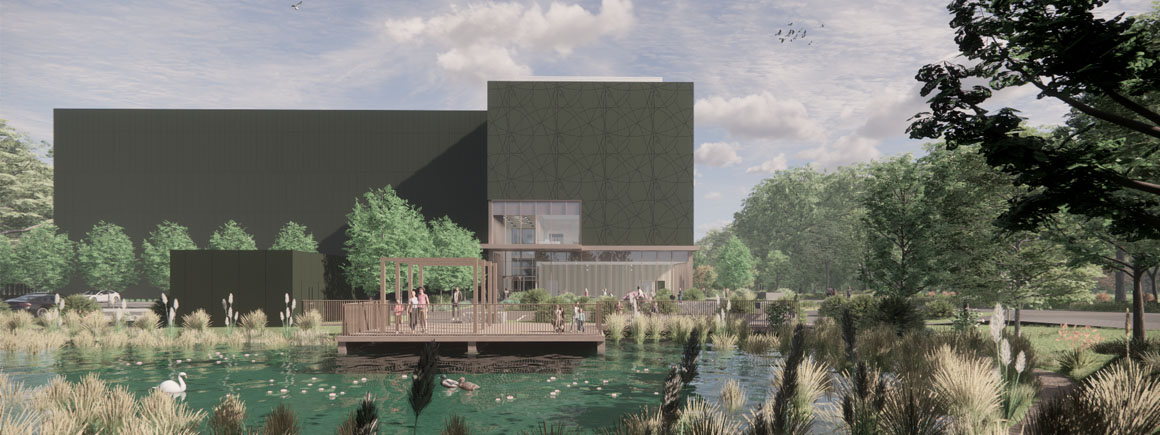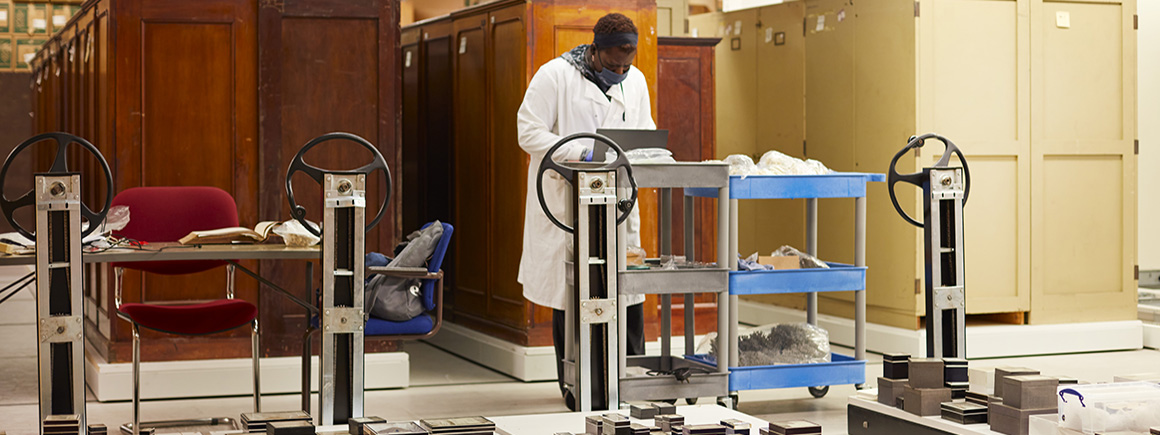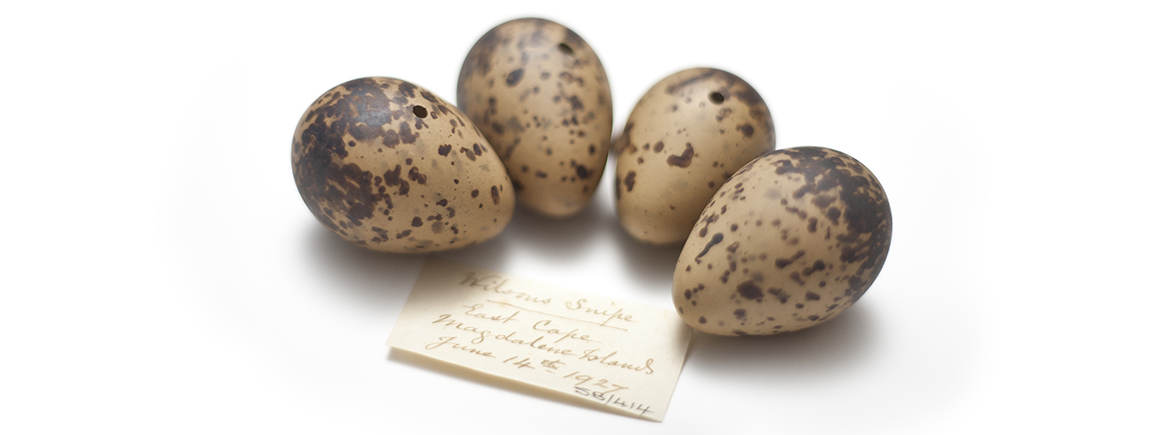The Natural History Museum houses one of the largest and most comprehensive collections of parasitic worms in the world.
The parasitic worms section includes terrestrial and marine Platyhelminthes (flatworms), parasitic Nematoda (roundworms), Nematophorpha (horsehair worms) and Acanthocephala.
The collection has worldwide coverage and is particularly rich in material from Africa. We hold a large number of species that parasitize marine fishes from both the Atlantic and Pacific oceans.
There are many major personal collections including those of Harry Arnold Baylis, David R. Burt, Otto Fuhrmann, W.Grant Inglis, Clayton Lane, P. Le Roux, P.A. Maplestone, Stanislaw Markowski, F.J. Meggitt, Gwendolyn Rees, C.T.E. von Siebold, T. Southwell, W. Woodland, Mark Viney and Klaus Rohde.



